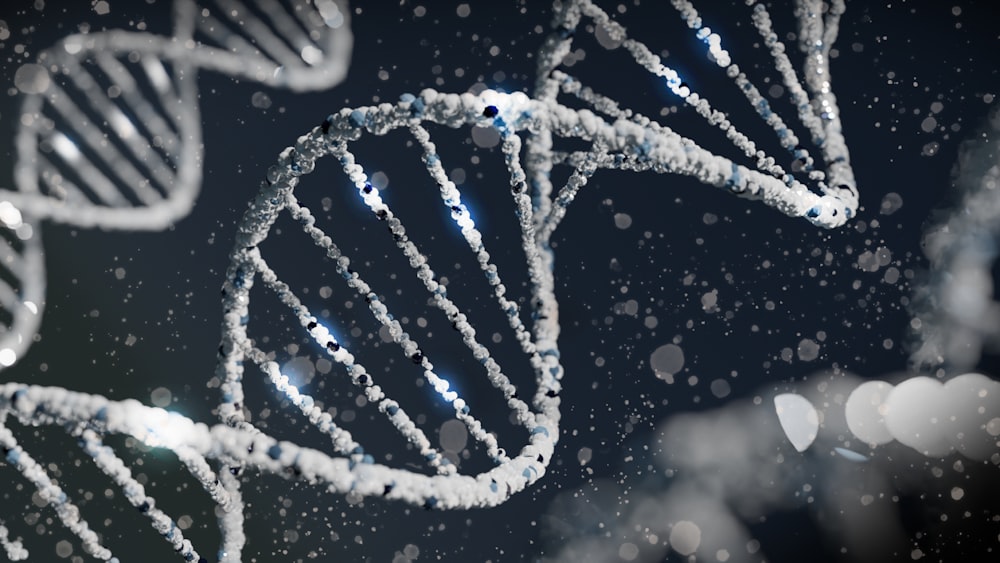 |
| Image by Sangharsh Loharkare via Unsplash. |
Digeorge Syndrome, also known as 22q11.2 deletion syndrome, is a rare genetic disorder that affects approximately 1 in 4,000 people. It is caused by a missing piece of genetic material on chromosome 22 and can lead to various physical and developmental problems. In this blog post, we will discuss in detail the causes, symptoms, and treatment options for Digeorge Syndrome.
Digeorge Syndrome is caused by a missing piece of genetic material on chromosome 22, known as the 22q11.2 deletion. This missing genetic material affects the development of various body parts and systems. Specifically, it impacts the development of the thymus gland, which plays a crucial role in the immune system. The thymus gland is responsible for producing T-cells, a type of white blood cell that helps fight infections. When the thymus gland is affected, it leads to a weakened immune system, making individuals with Digeorge Syndrome more susceptible to infections.
Symptoms of DiGeorge Syndrome
The symptoms of Digeorge Syndrome can vary widely from person to person and can affect various body systems. The most common symptoms include heart defects, cleft palate, and low calcium levels. Heart defects can range from mild to severe and may require surgical intervention. Cleft palate refers to a split or opening in the roof of the mouth and can cause difficulties with feeding and speech. Low calcium levels can lead to seizures, muscle spasms, and developmental delays.
In addition to these primary symptoms, individuals with Digeorge Syndrome may also experience learning and developmental disabilities, behavioral problems, and psychiatric disorders. They may struggle with social interactions, have difficulties with their speech and language development, and experience challenges with their hearing and vision. These additional symptoms can significantly impact their overall quality of life and require targeted interventions and support.
Currently, there is no cure for Digeorge Syndrome. However, treatment is available to manage the symptoms and improve the quality of life for individuals with the condition. The treatment approach is multidisciplinary and individualized based on the specific needs of each person.
For individuals with heart defects, surgical intervention may be necessary to correct the structural abnormalities and improve heart function. Cleft palate can also be surgically repaired to improve feeding and speech abilities. Additionally, hormone therapy may be required to regulate calcium levels and prevent complications associated with low calcium, such as seizures.
In terms of developmental and behavioral issues, speech, occupational and physical therapy can play a crucial role in addressing communication difficulties, fine motor skills, and daily living activities. These therapies can help individuals with Digeorge Syndrome reach their full potential and enhance their independence.
Regular medical care is essential for individuals with Digeorge Syndrome to monitor their immune system and overall health. This includes routine check-ups, immunizations, and screenings for potential complications. Early intervention and ongoing support from healthcare professionals are vital in managing the condition effectively.
Conclusion
Digeorge Syndrome is a complex genetic disorder that can affect various body systems and lead to physical and developmental problems. While there is no cure, significant progress has been made in understanding and managing the condition. Treatment options, including surgical interventions, hormone therapy, and therapy services, can significantly improve the quality of life for individuals with Digeorge Syndrome. With appropriate medical care, support, and interventions, individuals with Digeorge Syndrome can lead fulfilling lives and achieve their full potential.
Post a Comment